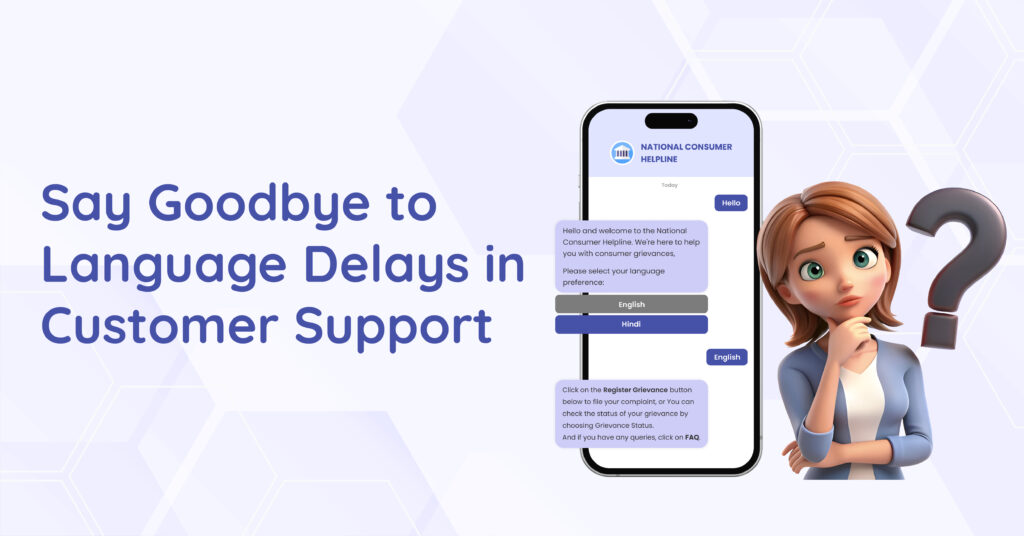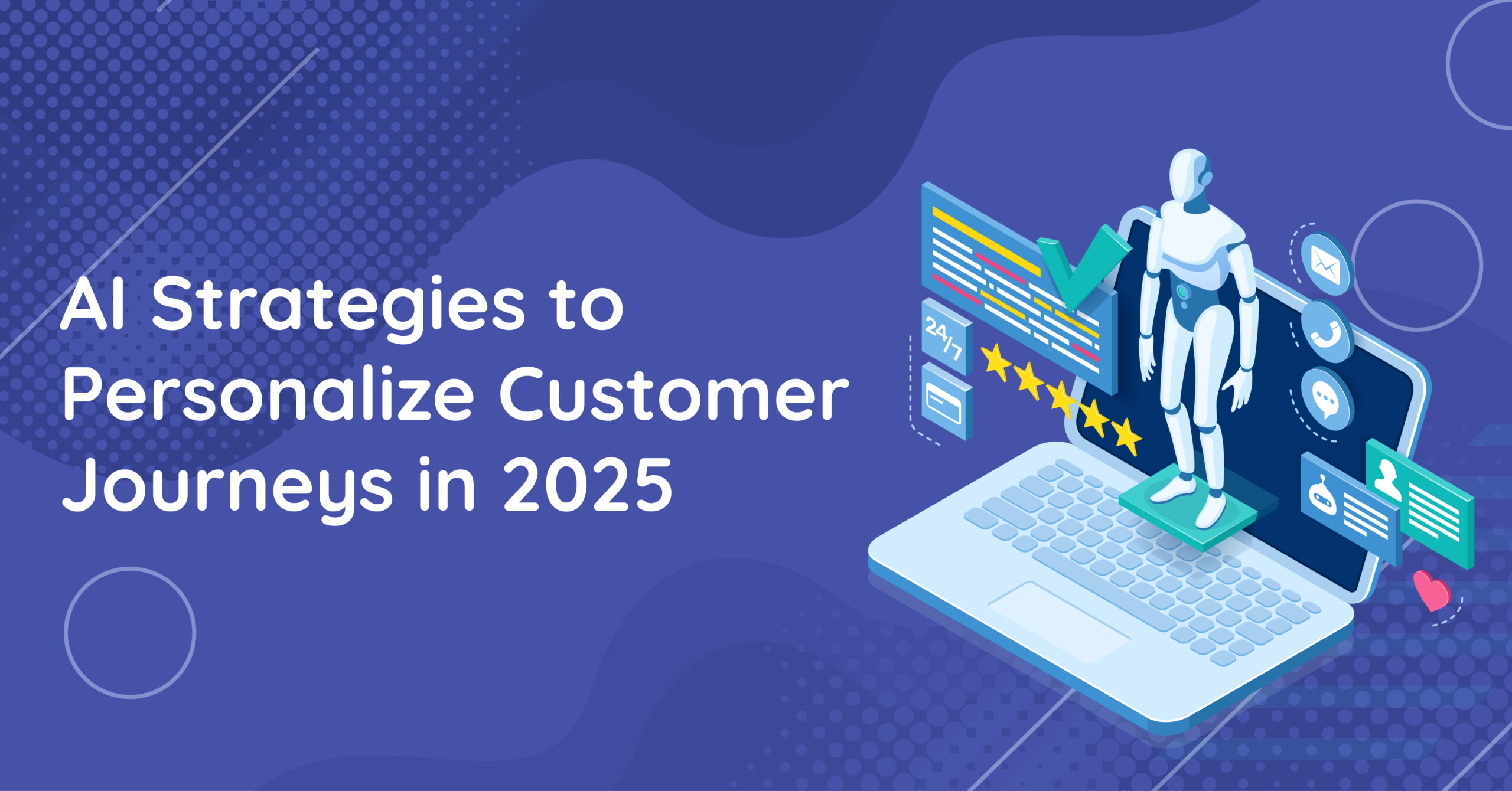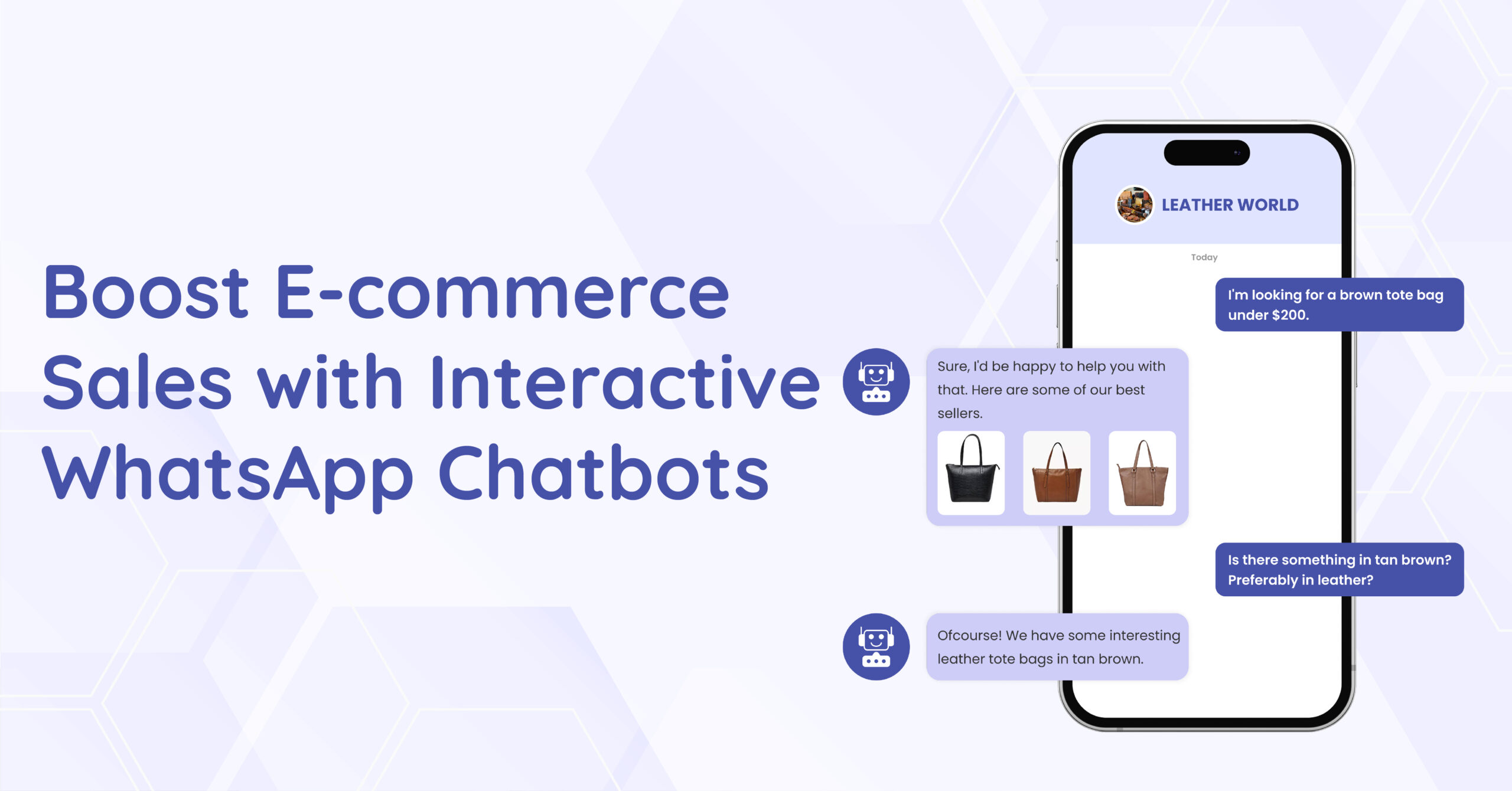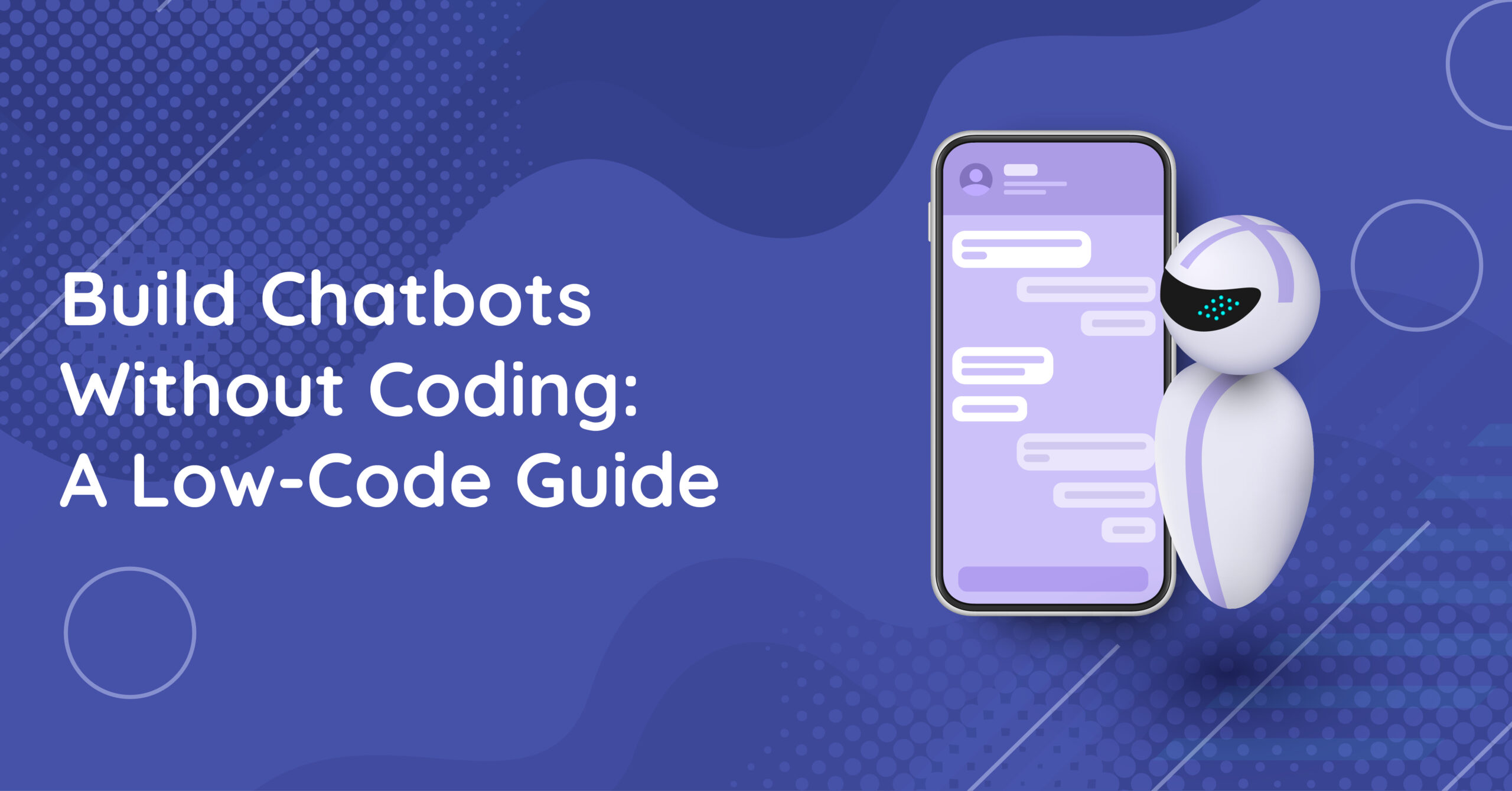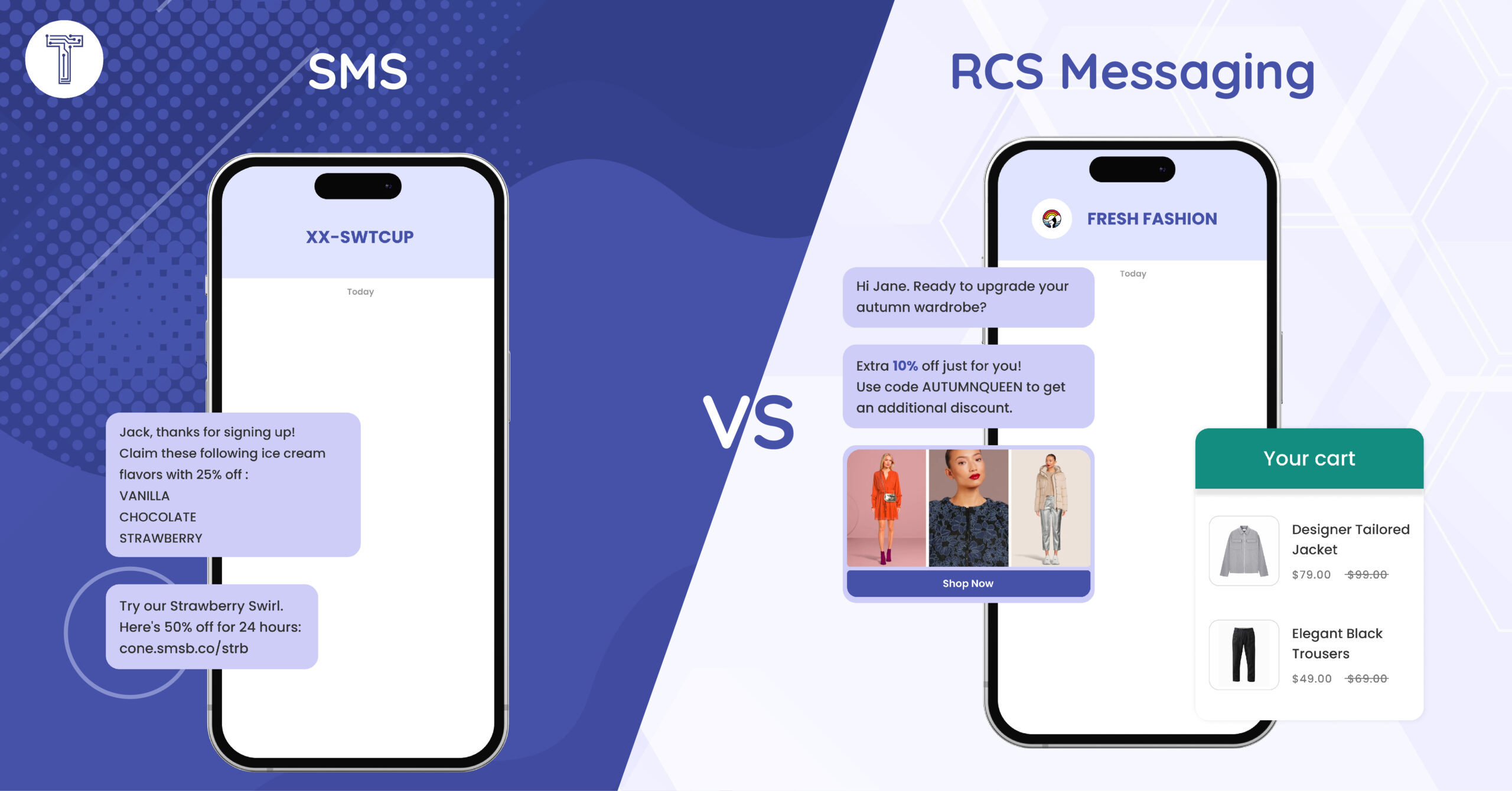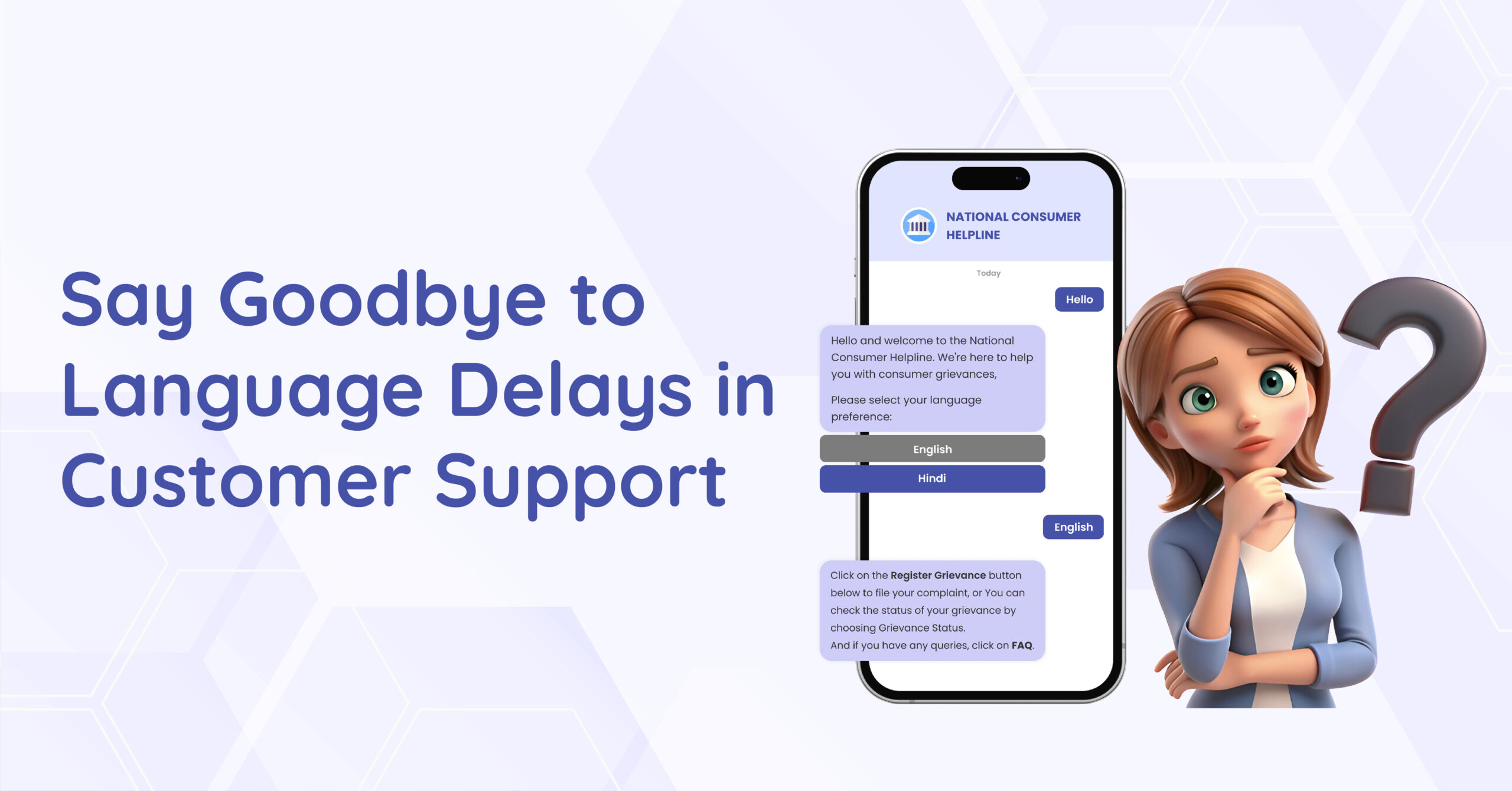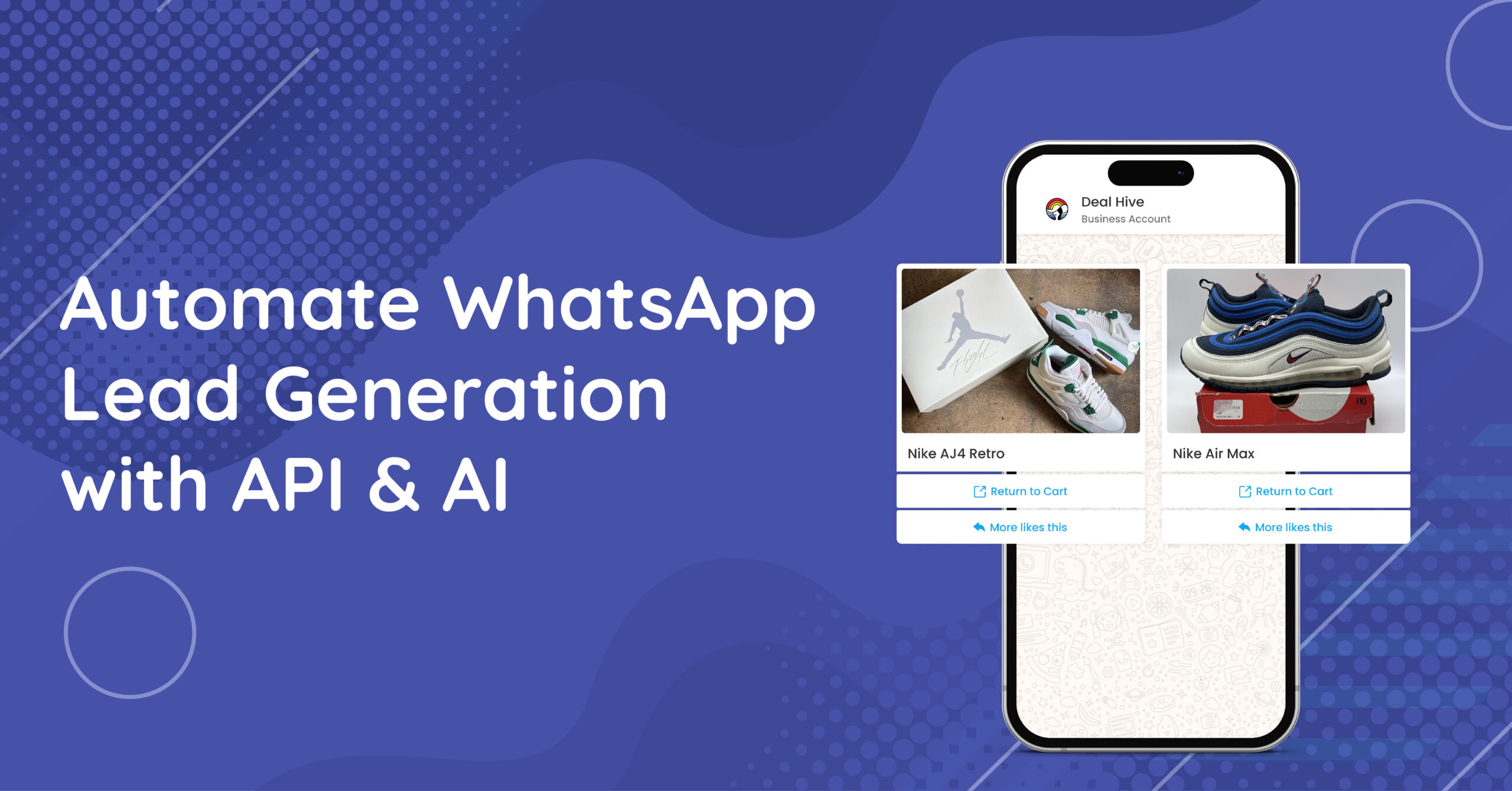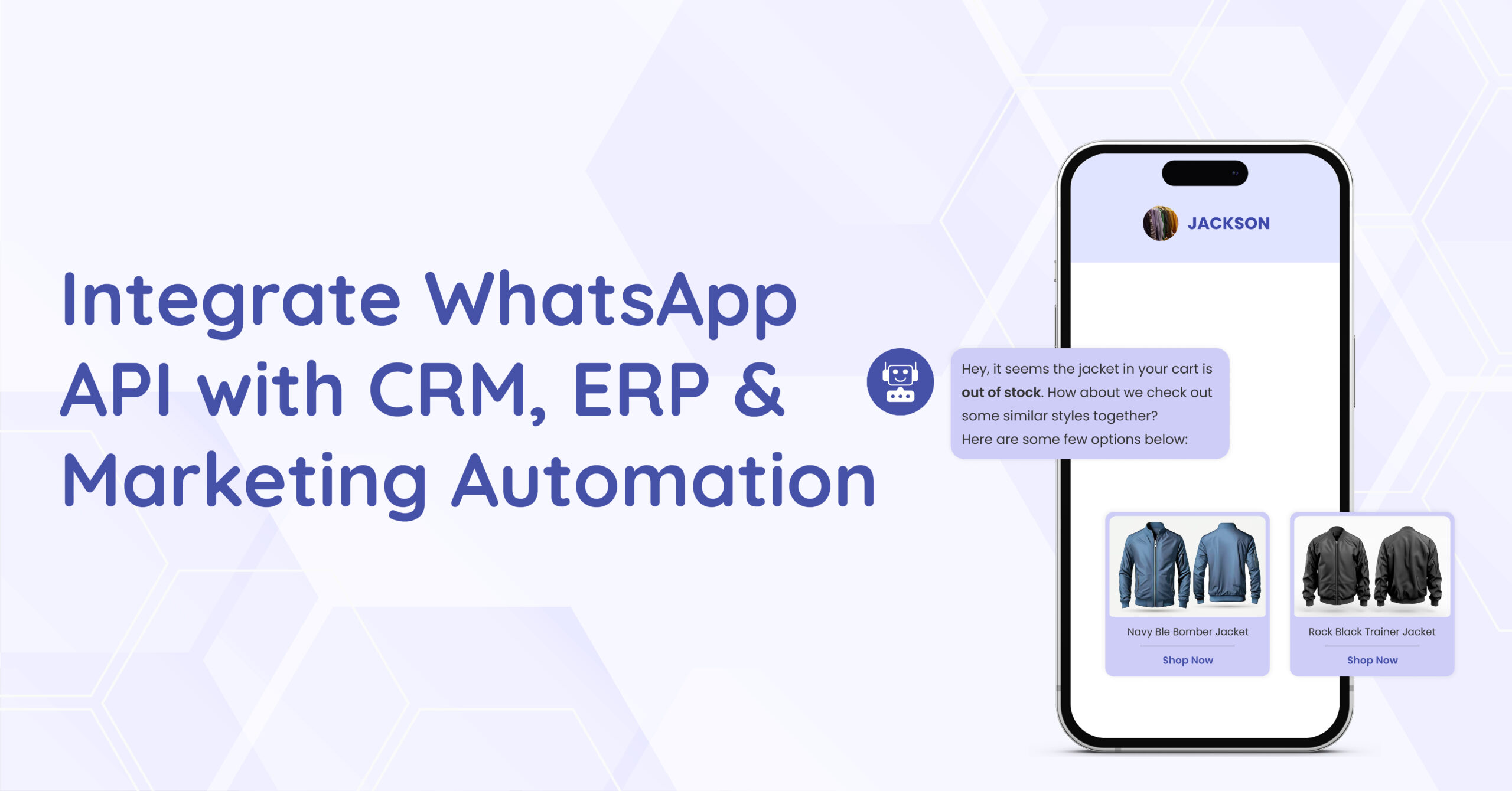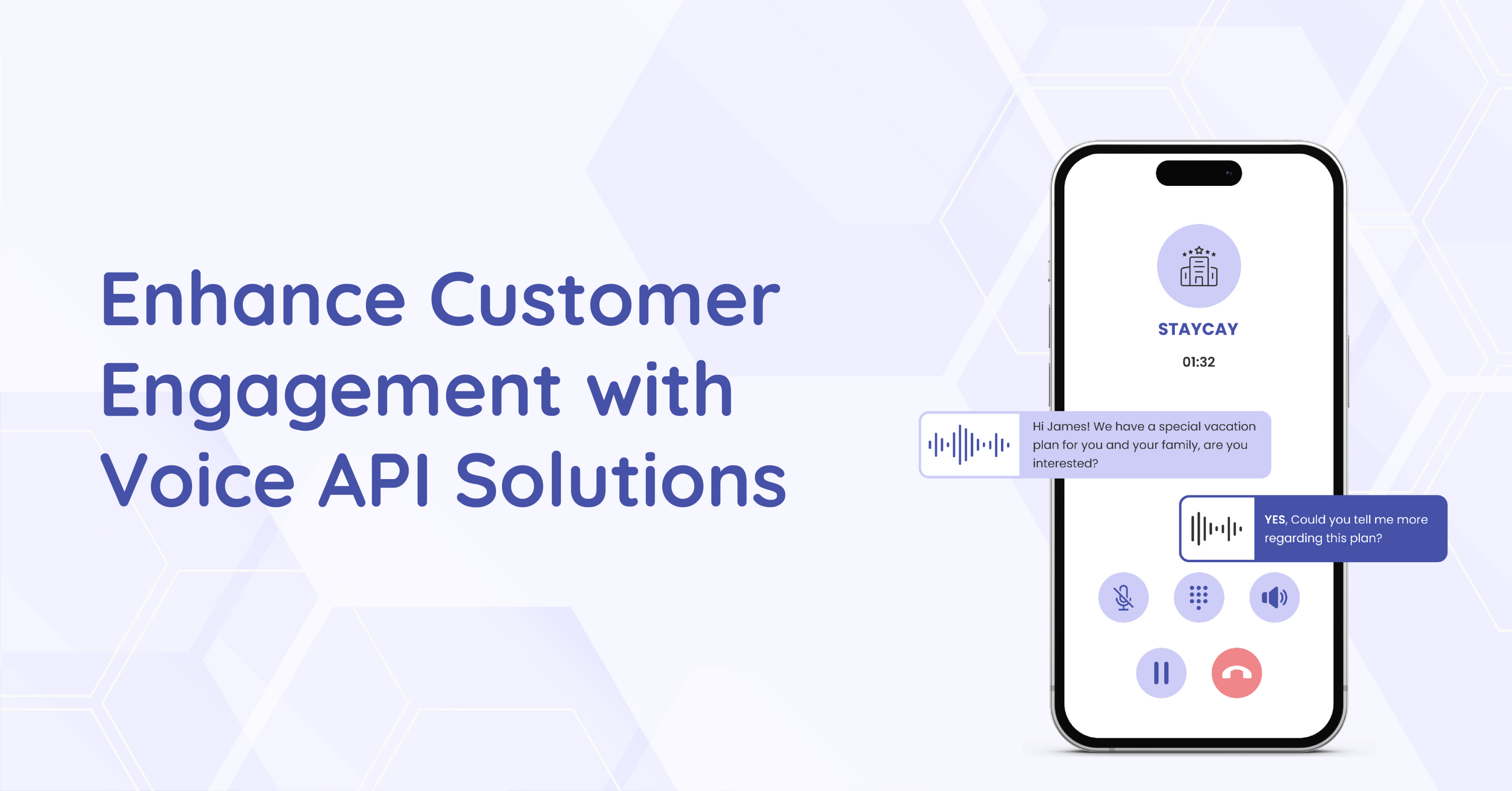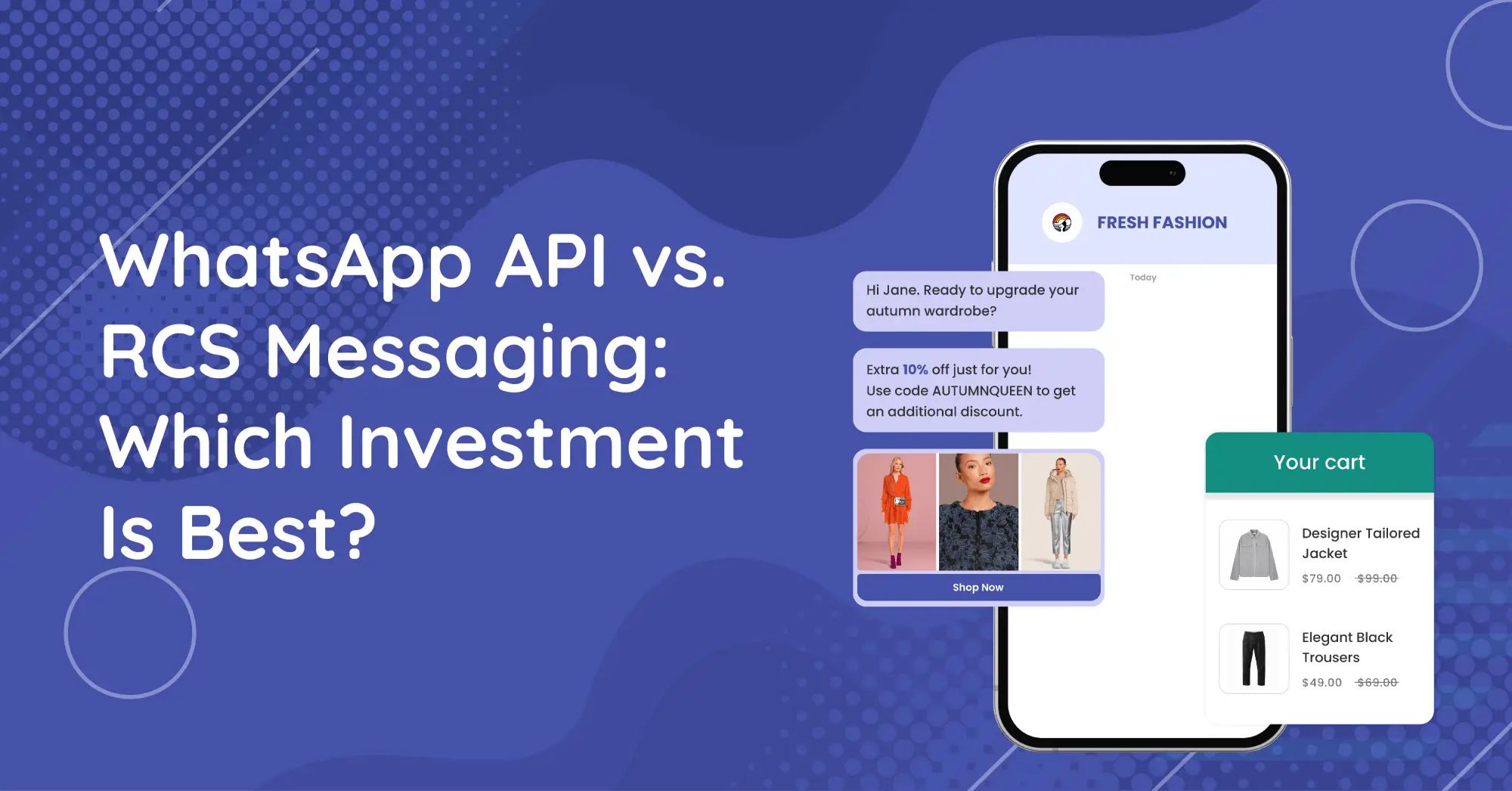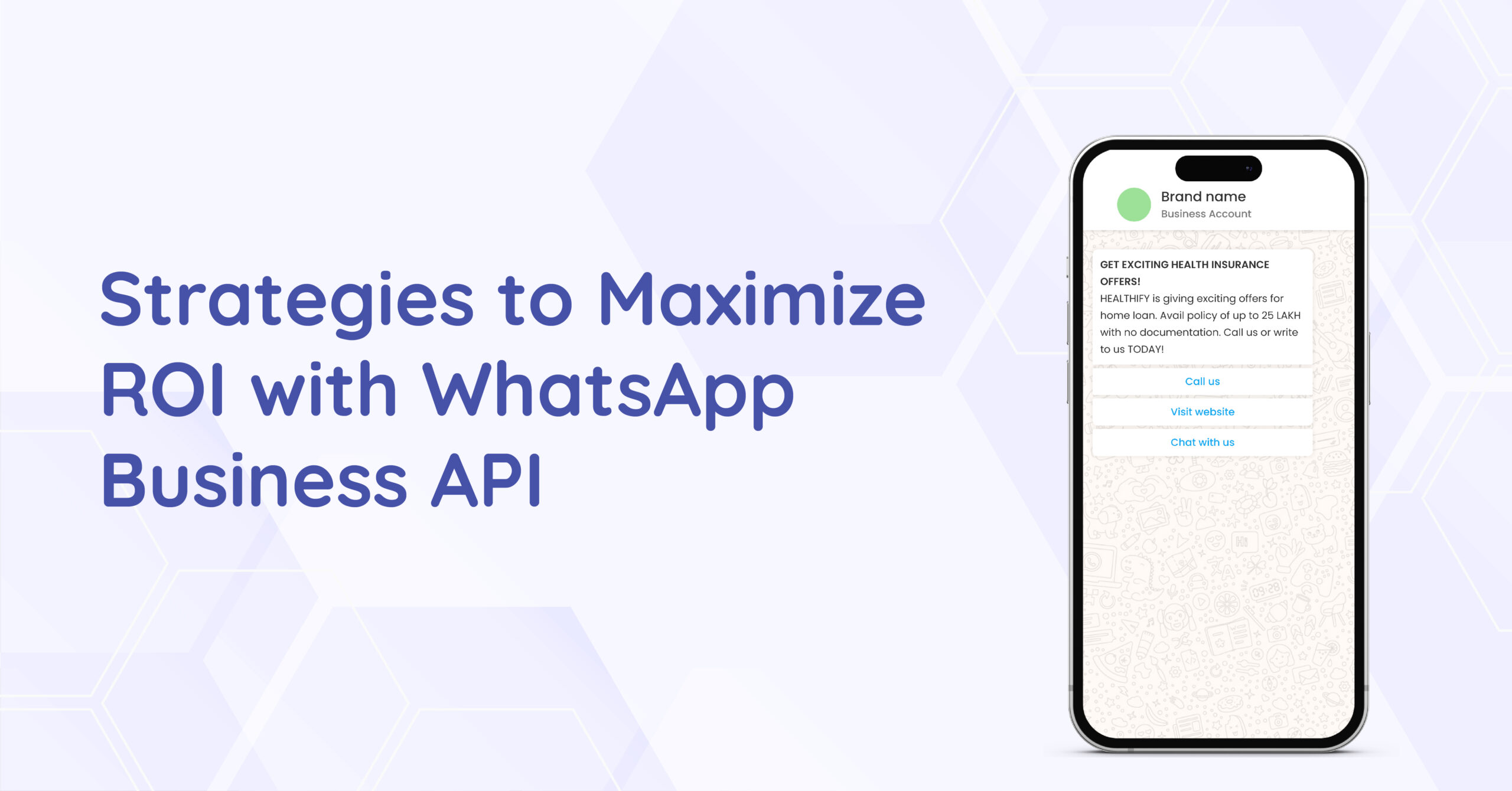Customer expectations are higher than ever. They want quick responses, personalized support, and communication in their preferred language without long wait times or repeated explanations.
For businesses expanding globally, meeting these expectations in multiple languages and across time zones is a challenge. Hiring multilingual agents is expensive, and response times can suffer as demand grows.
That’s where WhatsApp API chatbots come in. With automated multilingual customer service, businesses can handle thousands of inquiries instantly, scaling their support without compromising quality.
Why Global Businesses Need a Multilingual Customer Service Chatbot
Expanding internationally comes with the unique challenge of language barriers. Studies show that 76% of consumers prefer to interact with brands in their own language (CSA Research) and that 40% of customers won’t buy if the website or support is not in their native tongue.
The solution? A multilingual chatbot that:
✔ Detects and responds in the customer’s preferred language instantly.
✔ Handles high-volume inquiries without hiring more agents.
✔ Works 24/7 across all time zones.
A WhatsApp API chatbot for enterprises enables businesses to provide scalable customer support without compromising response time or quality.
How WhatsApp API Chatbots Improve Customer Support
WhatsApp is the world’s most popular messaging app, with 2 billion+ active users across 180+ countries. With a multilingual chatbot integrated into the WhatsApp API, businesses can:
- Offer real-time support in multiple languages.
- Automate repetitive queries to free up human agents.
- Expand global reach while maintaining personalized service.
- Reduce customer service costs by 40-60%.
Key Features of a Multilingual Customer Support Chatbot
1. AI-Powered Language Detection
A multilingual chatbot on WhatsApp automatically detects and responds in the customer’s preferred language. No manual selection, no awkward translations. Just smooth, natural conversations.
2. Real-Time Language Translations
With advanced NLP (Natural Language Processing), the chatbot accurately translates messages in real time, ensuring that customers receive clear, context-aware responses.
3. 24/7 Customer Support Automation
Customers expect instant replies. Unlike human agents, a scalable customer support chatbot handles queries anytime, anywhere, reducing wait times and increasing satisfaction.
4. Smart Handoff to Human Agents
For complex issues, the chatbot can seamlessly transfer conversations to human agents, ensuring context is retained so customers don’t have to repeat themselves.
5. Custom Responses for Different Regions
Unlike generic chatbots, a WhatsApp API chatbot for enterprises adapts its responses based on cultural nuances, local preferences, and business-specific requirements.
How to Implement a Multilingual WhatsApp API Chatbot: A Step-by-Step Guide
Setting up a multilingual WhatsApp API chatbot requires a structured approach to ensure seamless automation, accurate translations, and high-quality customer interactions. Here’s a detailed breakdown of the process:
Step 1: Define Your Support Goals
Before building a chatbot, you need to determine what customer support tasks it will handle. A well-defined strategy helps in designing a chatbot that enhances efficiency without overwhelming customers with unnecessary automation.
Key Considerations:
- What are the most common customer inquiries? Analyze past customer interactions to identify FAQs, recurring issues, and frequent requests.
- Which processes can be automated? Identify areas like order tracking, appointment booking, or payment processing that can be handled without human intervention.
- Which conversations require human intervention? Ensure that the chatbot can seamlessly transfer complex cases to a human agent.
Example:
A retail brand might need a chatbot that answers FAQs, helps customers track orders, and provides multilingual shopping assistance. A healthcare provider, on the other hand, may require a chatbot for appointment scheduling, prescription reminders, and insurance queries.
Step 2: Choose a Reliable Chatbot Provider
Selecting the right chatbot provider is crucial for scalability, security, and multilingual accuracy. The chatbot should be robust, easily integrable with WhatsApp API, and capable of industry-specific training.
What to Look for in a Provider:
✔ NLP-powered multilingual support: Ensure the chatbot can detect, translate, and respond in multiple languages while maintaining conversational flow.
✔ WhatsApp API integration: The provider should offer seamless WhatsApp Business API integration to enable automation.
✔ Industry-specific chatbot training: Chatbots should be trained with domain-specific data to provide accurate responses in different sectors (e.g., healthcare, retail, fintech).
✔ Customization options: Ability to tailor responses based on region, customer profile, and business needs.
✔ Scalability: The chatbot should handle high-volume conversations without performance issues.
Example:
A WhatsApp API chatbot for enterprise should not just translate queries but also understand the intent behind them. For instance, a travel company’s chatbot should differentiate between a flight booking inquiry and a refund request, even if the messages are in different languages.
Step 3: Train the Chatbot for Multilingual Conversations
A chatbot is only as good as its training data. To ensure accurate responses across languages, the chatbot must be trained using contextually rich datasets.
Training Essentials:
- Industry Terminology: Teach the chatbot domain-specific terms to enhance accuracy in technical conversations (e.g., banking terms like “credit score” or “loan tenure”).
- Customer Support Scripts: Upload pre-defined responses to ensure uniform brand communication across different languages.
- Frequently Asked Questions (FAQs): Train the chatbot with real customer queries to help it handle repetitive requests efficiently.
- Regional Language Variations: Account for dialects, slang, and cultural nuances to make responses feel natural.
Example:
If a customer asks about order refunds in Spanish, the chatbot should not just translate but also provide a localized response based on the brand’s refund policy in that specific country.
Step 4: Integrate with Your CRM & Analytics
A multilingual customer service chatbot must be connected to CRM and analytics tools to enable personalized interactions, customer data tracking, and performance analysis.
Essential Integrations:
CRM Systems:
- Store customer preferences and past conversations.
- Offer personalized product recommendations based on previous interactions.
- Auto-fill customer details during live-agent transfers for context-aware assistance.
Analytics Tools:
- Track chatbot response times and success rates.
- Identify frequently asked questions and optimize chatbot training accordingly.
- Measure customer sentiment using AI-based analysis.
Example:
A WhatsApp API chatbot for enterprise integrated with a CRM can identify returning customers, greet them by name, and pick up previous conversations, making interactions smoother and more personalized.
Step 5: Monitor & Optimize Performance
Continuous monitoring and improvement ensure that the chatbot maintains high accuracy, adapts to customer needs, and delivers an excellent user experience.
Key Optimization Metrics:
- Language Accuracy: Regularly test the chatbot’s ability to understand and respond correctly in multiple languages.
- Response Speed: Measure how quickly the chatbot replies to ensure real-time support.
- Chatbot Resolution Rate: Track the percentage of queries resolved without human intervention.
- Customer Satisfaction Scores: Collect feedback through surveys and analyze customer sentiment.
- Error Handling & Learning: Identify misunderstood queries and retrain the chatbot to improve responses.
Example:
If the chatbot frequently misinterprets a product inquiry in German, it may need retraining with localized phrasing to enhance understanding.
Multilingual Chatbots Are the Future of Customer Support
A WhatsApp API chatbot with multilingual customer support automation is the future of scalable customer service.
By implementing a multilingual chatbot, businesses can:
- Break language barriers & engage global audiences.
- Improve response times & increase customer satisfaction.
- Scale customer support while cutting operational costs.
Upgrade your customer support with a multilingual WhatsApp API chatbot with TCL offers a smarter, faster, and more personalized chatbot solution tailored to your business needs.
Schedule a demo today!

